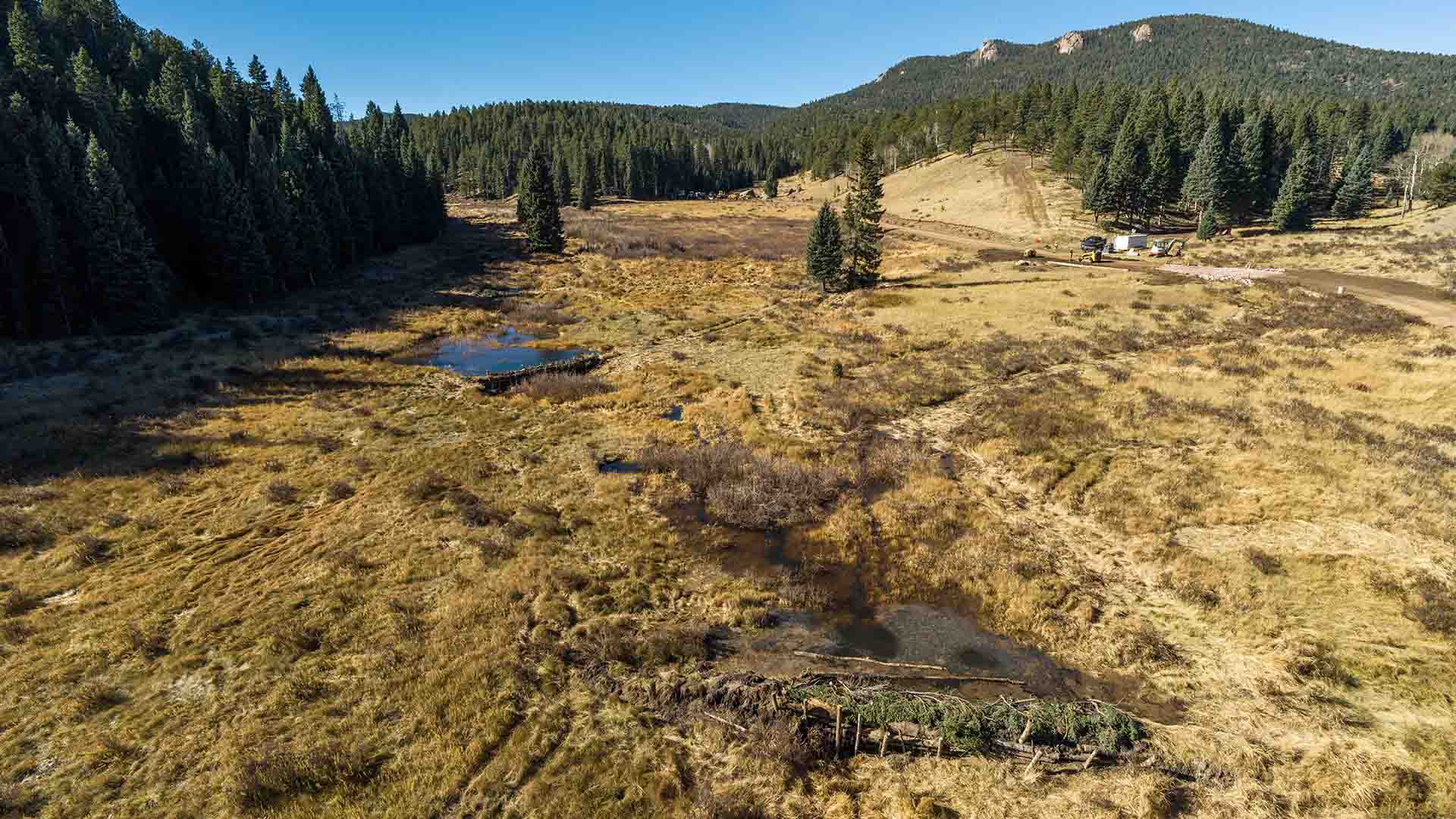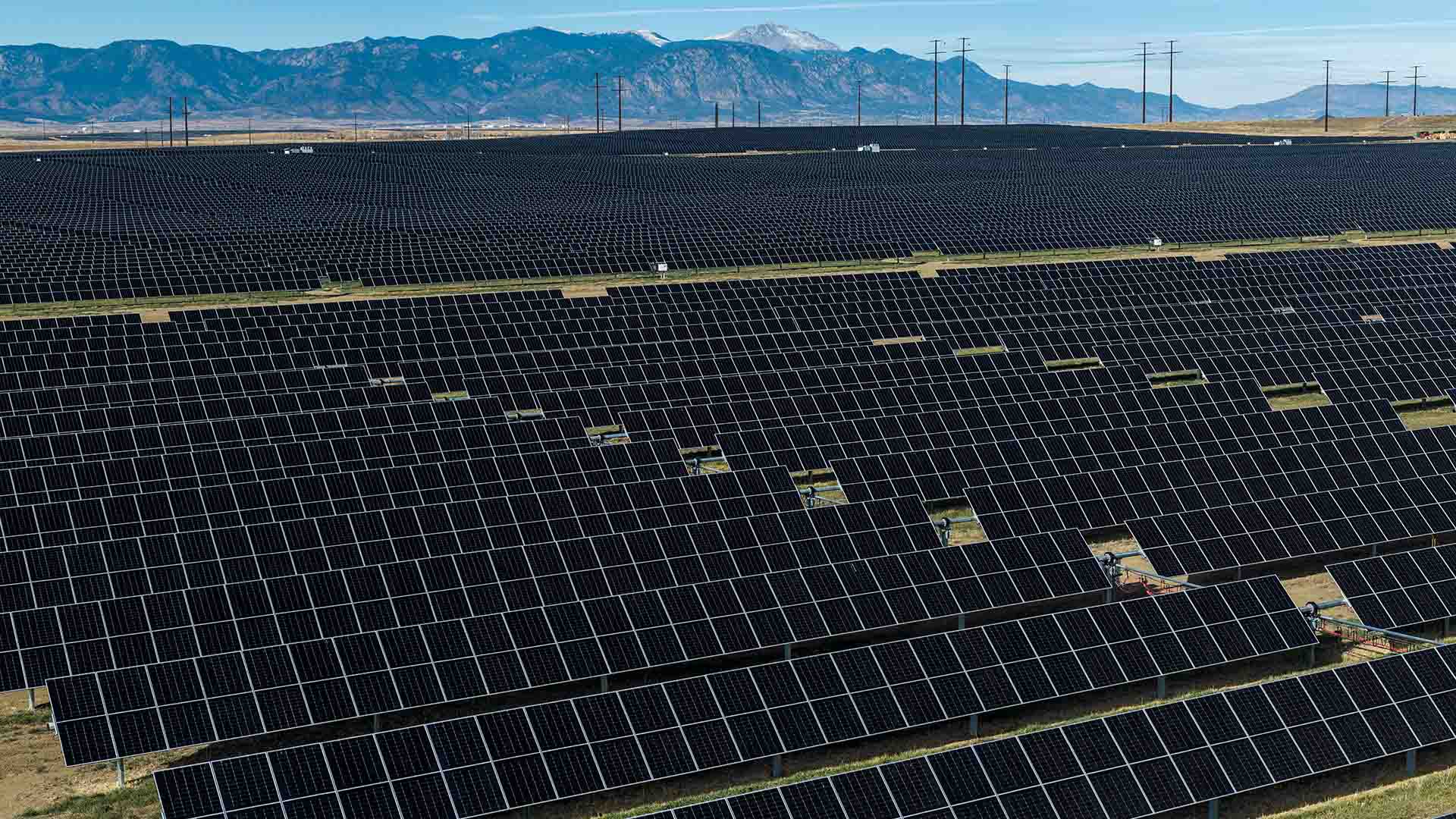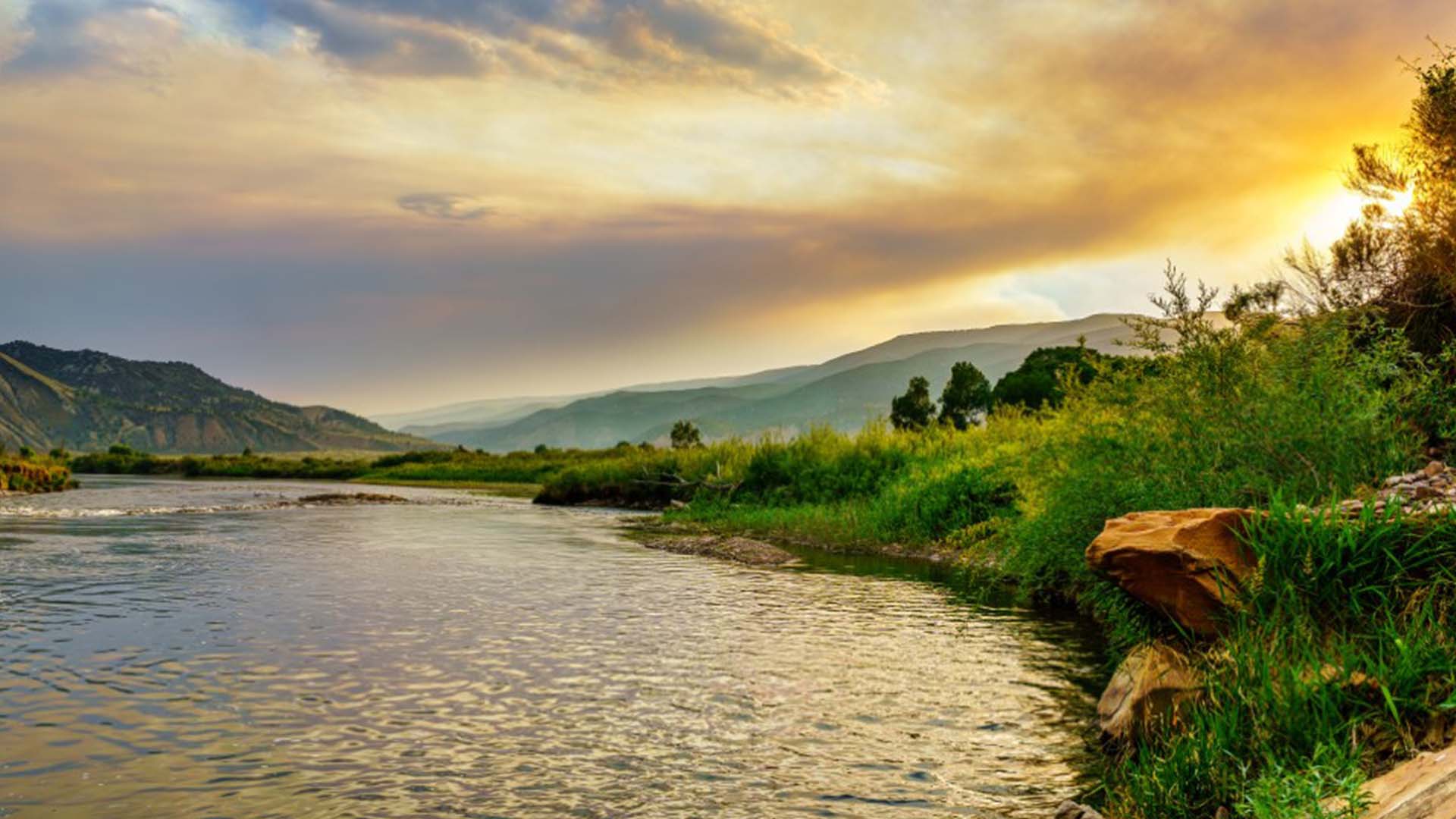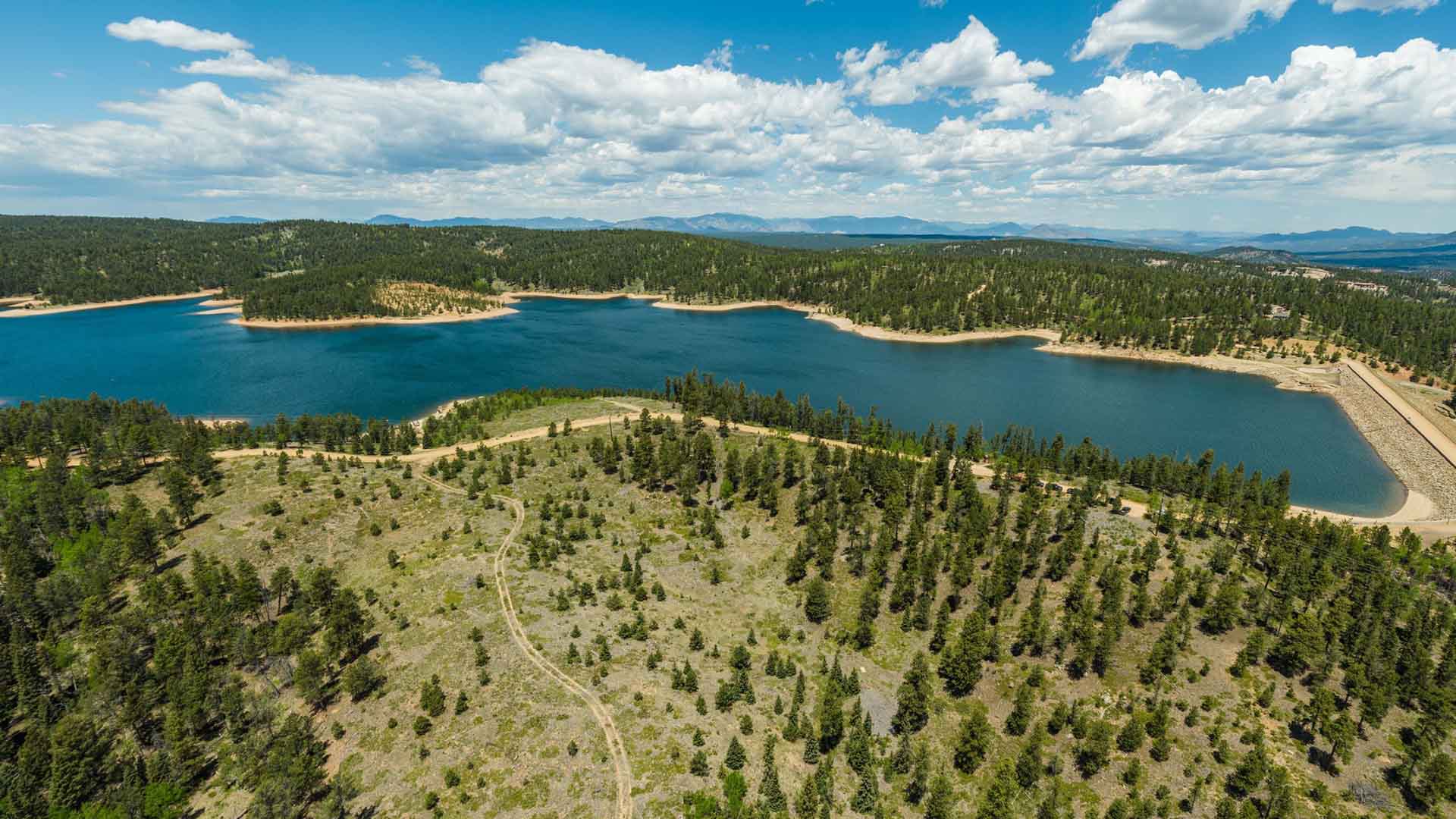
Scott Lorenz
Duration: 1 minute
Published on June 16, 2021
In This Article
Today we can reliably deliver more water than we use. That’s due largely to careful planning and concerted conservation efforts made by our community.
Looking ahead, we see a need to develop more supply as our community grows and we face risks to our water supply that include climate variability and extended drought. It also helps if we can diversify our supply (obtain it from multiple sources) to help us build resiliency against these risks. Since water is something all Coloradoans need, our solutions must also consider impacts to others as well as to recreation and the environment.
Keeping that idea in mind, we’ve been exploring ways we can work with our farming neighbors in our native Arkansas River Basin to share water. The Arkansas River is the primary pipeline for transporting water supplies from the central mountains above Leadville to everyone who lives in this basin. This includes the agricultural community in the Lower Arkansas Valley.
In 2014, we initiated a program that uses collaborative ways to share water with other users in the Arkansas River basin. Sometimes this means sending excess water from Colorado Springs to supplement farmers’ own supply or to provide additional water to maintain stream flows or reservoir levels in the valley. Other times it means Colorado Springs receives water from farms when it is available.
How can Colorado Springs have both excess water and need additional water? It’s because the natural water supplied from rain and snow in Colorado is highly variable from year to year. We can experience drought, followed by extreme wetness, followed by drought again, often in back-to-back years. While water from wet years can be stored for future use, it’s often impractical to store all of it. A more efficient use is to provide additional water to farmers in wet years when they can still use it, and take water back in dryer years, which most often are the years following a drought. During that time, they let their land “rest”. This is known as fallowing.
One of our first projects like this was acquiring water with the Lower Arkansas Water Management Association (LAWMA) a few years ago. In this “5-and-10” agreement, the water is used by us half the time and by LAWMA farmers the other half. The LAWMA project brought a lot of attention to Colorado Springs and how we hope to develop our future water supply. It opened the door to working with farmers and other ditch shareholders in the Lower Arkansas Valley and led to the innovative water sharing program we have now.
Last year, we began working with two ambitious young farmers, Mark and Caleb Wertz, who purchased their first farms in Bent County with water sharing concepts built in. The Wertz’s installed center pivots on previously flood irrigated fields and increased their watering efficiency. Pivot irrigation rotates in a circle, which dries up of the corners of the farm parcels. Colorado Springs can use the water from those corners, which allows the brothers to continue farming on their ground and even potentially increase their farms’ production.
The brothers’ passion for farming is built on having water available long into the future. What’s more, many of their customers are in the Colorado Springs area. When their need is matched with our need for additional water, we have a win-win solution for both farmers and our customers for many years to come.
Because we anticipate more water sharing agreements in Bent County, we are working with county officials to streamline the water transfer process through a proposed Intergovernmental Agreement, or IGA. The terms of the IGA assures water stays in agriculture and limits permanent dry-up of historically irrigated lands. At the same time, it provides economic support to Bent County and water for our customers. A public hearing is scheduled for July 12 at the Bent County courthouse and those commissioners will consider approval at a future meeting. If approved, the IGA will come to our City Council for subsequent approval.







